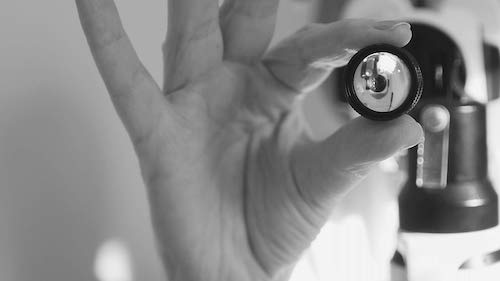General
![]()
![]()
Domains: Clinical practice, Leadership & accountability
No CPD Points

The development of digital imaging systems for optometry has reached the point where they are an integral part of eye health assessment. In this four-part series, we will cover image capture and storage, digital cameras, scanning laser ophthalmoscopy (SLO) and optical coherence tomography (OCT).
Part one includes the following:
- Overview of digital imaging and how images may be captured and stored
- Legal ramifications of image capture from your patients
- Digital as evolved from analogue, ultrasound, stereo imaging, static and portable systems.
To learn how to achieve the best images with modern anterior and posterior camera systems, go to Modern Imaging in Eye Care: Part 2 - Digital Cameras.
First published: February 2019
Last reviewed: April 2022